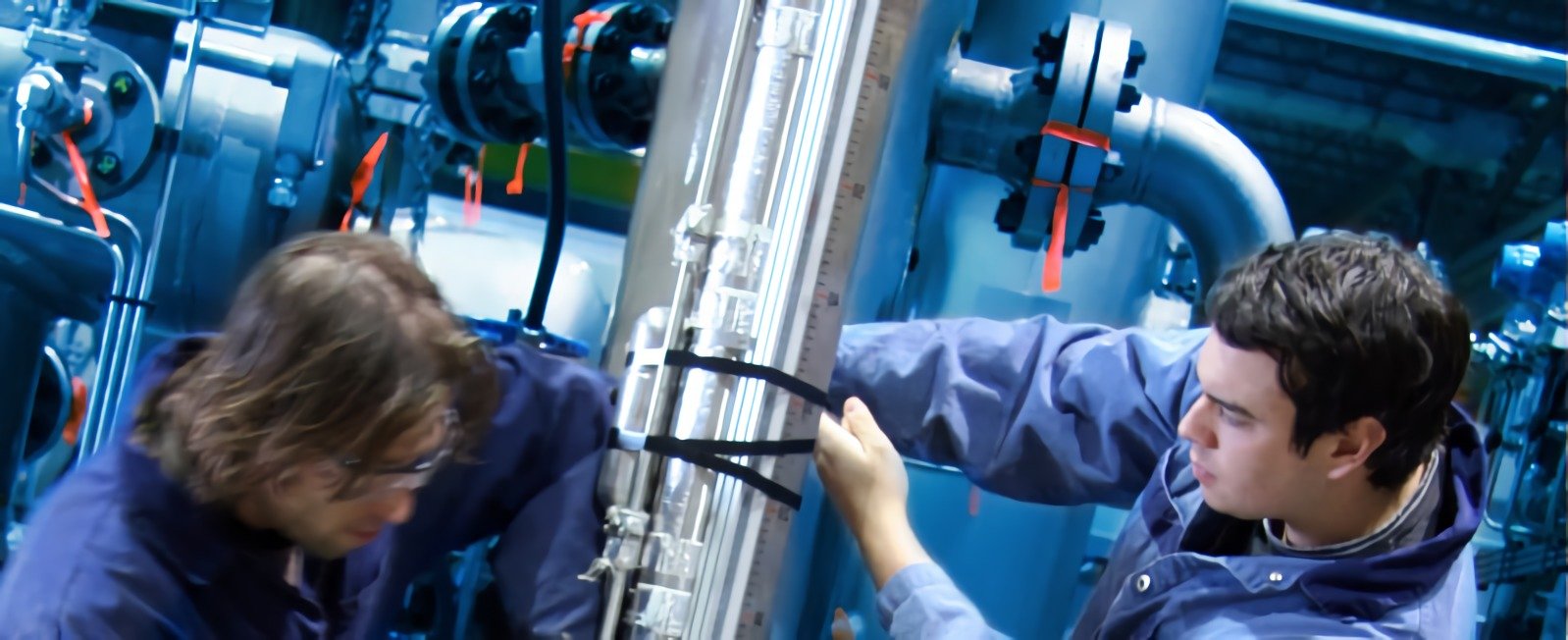RSI is a Great Training Option for Everyone
Learn more about how we can prepare you to advance your career.
Because school classrooms have such a high occupancy rate compared to other types of commercial and residential buildings, ventilation and indoor air quality (IAQ) become very serious considerations. Not only does IAQ become more difficult to manage from the high occupancy, but people are also more vulnerable to poor IAQ for being in such close quarters. Because children are still physically developing, they are at even higher risk for falling ill as a result of inadequate ventilation. They breathe a greater volume of air relative to adults, and they are often less aware of how to protect themselves from environmental pollutants as well. This makes the role of HVAC technicians in schools vital to the students’ health and even academic performance.
Effects of Poor IAQ in Schools
As children’s lungs develop, exposure to airborne pathogens and pollution can result in the development of severe, even life-long, health problems. This includes asthma, allergies, respiratory infection, and more. Contracting these illnesses affects more than just a child’s health, however. Lowered attendance, stemming from missing classes to recover at home, can impact a child’s grades and academic performance, particularly if the student has trouble making up missed work.
Risk Factors & Signs of Ventilation Issues
The budget for repairs and maintenance within schools is often low because the upkeep costs for the facilities have to compete for funding against educational supplies, teacher salaries, and various student services. A school is more at risk of developing poor IAQ when:
- A roof is leaky or the building has flooded
- The classrooms are carpeted
- Buildings aren’t aired out properly after renovations
- Facilities only receive irregular HVAC maintenance
Signs that mold has already developed include a damp smell in the building, a strange smell sticking to students’ and staff’s clothing at the end of the day, and children experiencing health or learning issues only in the building without experiencing the issue in other settings. If these signs are already present, HVAC technicians need to take action to help promote a healthier environment.
Healthy HVAC Systems for Improved Academics
EPA studies have shown that there is a clear connection between classroom ventilation and academic performance. Children who study in classrooms with better ventilation are shown to work at higher speeds, earn higher test scores, and are sick less often because disease is transmitted less easily. Fortunately, even on a budget, there are many ways that HVAC technicians can help improve the IAQ at schools, especially by keeping fresh air intakes open and free of debris as well as training staff to recognize IAQ issues.
Get Started on the Path to a New Career
Fill out our form to learn how we can help you change your life.
Those interested in working in HVAC maintenance and troubleshooting can train for a career in under a year through The Refrigeration School in Phoenix, Arizona. For more information about HVAC technician training, contact an RSI Admissions Representative.
Sources:
http://www.goodway.com/hvac-blog/2013/10/sure-steps-to-healthy-indoor-air-in-schools/
This blog has been labeled as archived as it may no longer contain the most up-to-date data. For a list of all current blog posts, please visit our blog homepage at https://www.rsi.edu/blog/




